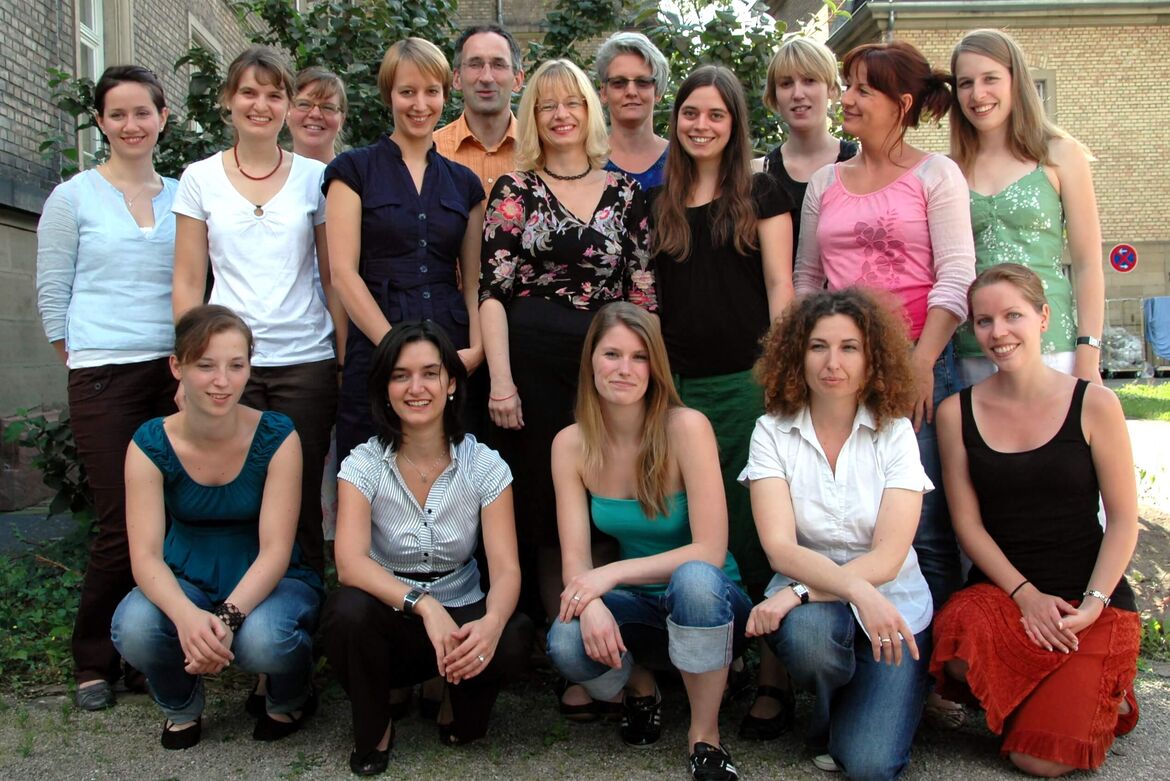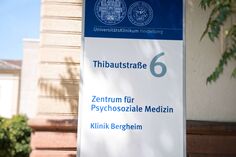Neuronal correlates of implicit and explicit affect regulation strategies
Leading investigators: Sabine C. Herpertz, Ruth Schmitt
Cooperations: Lars Schulze (Berlin), Kristin Prehn (Berlin), Christian Schmahl (Mannheim), Inga Niedtfeld (Mannheim), Gregor Domes (Freiburg)
Duration: 2008-2013
Funding: DFG HE 2660/7-1, HE 2660/7-2
Borderline personality disorder (BPD) is characterized by a pervasive pattern of instability in affect and interpersonal relationships as well as by (auto)-aggressive behaviors. BPD has been associated with excessive social affective vigilance and hypersensitivity to social stress, and in functional neuroimaging enhanced reactivity of the amygdala to emotional and social stimuli has been found. Our results point to the role of two distinguishable processes of emotional difficulties in borderline personality disorder: Hypervigilance to social cues as well as deficits of voluntarily decreasing aversive emotions by means of cognitive reappraisal. Patients demonstrated enhanced activation of left amygdala and right insula during passive viewing and while processing a cognitive task which interfered with aversive background stimuli. When instructed to decrease their emotional reactions, patients showed attenuated activation of the left orbitofrontal cortex and increased activation of the bilateral insula. The results suggest that amygdalar and insular hyperactivity reflect hypervigilance while neuronal substrates of deficits in explicit emotion regulation may involve the orbitofrontal cortex, which is in line with previous findings of a dysfunctional prefrontal network in borderline personality disorder.
In a joint study with Christian Schmahl from the ZI, Mannheim we currently compare neurofunctional correlates of different affect regulation strategies (cognitive distraction, sensory distraction, cognitive reappraisal) before and after participating in a psychotherapeutic program that focuses on patients systematically learning affect regulation skills.
Publications:
Domes G, Grabe HJ, Czieschnek D, Heinrichs M, Herpertz SC. (2011) Alexithymia and facial emotion recognition in borderline personality disorder. Res Let, Psychother Psychosom 80, 383–385.
Domes G, Schulze L, Böttger M, Grossmann A, Hauenstein KH, Wirtz P, Heinrichs M, Herpertz SC (2010) The neural basis of sex differences in emotional reactivity and emotion regulation. HBM, 31, 758-69.
Domes, G, Schulze L, Herpertz SC (2009) Emotion recognition and affect regulation in borderline personality disorder - an integration of findings from behavioral studies and brain imaging. J Pers Dis 23, 6-19.
Niedtfeld I, Schulze L, Kirsch P, Herpertz SC, Bohus M, Schmahl C (2010) Affect regulation and pain in borderline personality disorder: a possible link to the understanding of self-injury. Biol Psychiatry 68, 383-391.
Prehn K, Schulze L, Roßmann S, Berger C, Vohs K, Fleischer M, Hauenstein KH, Keiper P, Domes G, Herpertz SC. Effects of emotional stimuli on working memory processes in male criminal offenders with borderline and antisocial personality disorder. World J Psychiatry, in press.
Schulze L, Domes G, Krueger A, Berger C, Fleischer M, Prehn K, Schmahl C, Grossmann A, Hauenstein K, Herpertz SC. (2011) Neuronal correlates of explicit emotion regulation in borderline personality disorder. Biol Psychiatry 69, 564-73.






